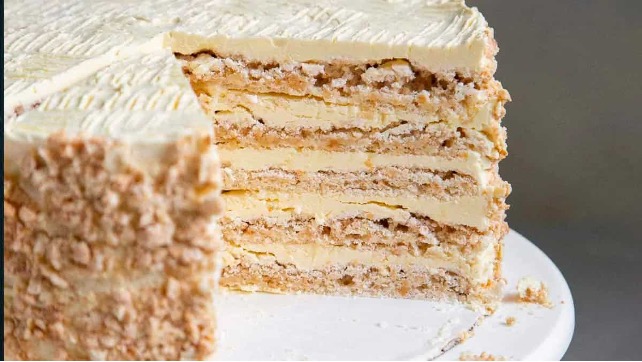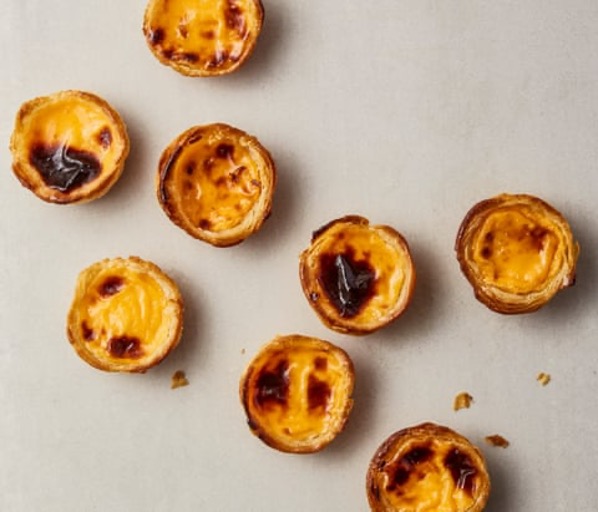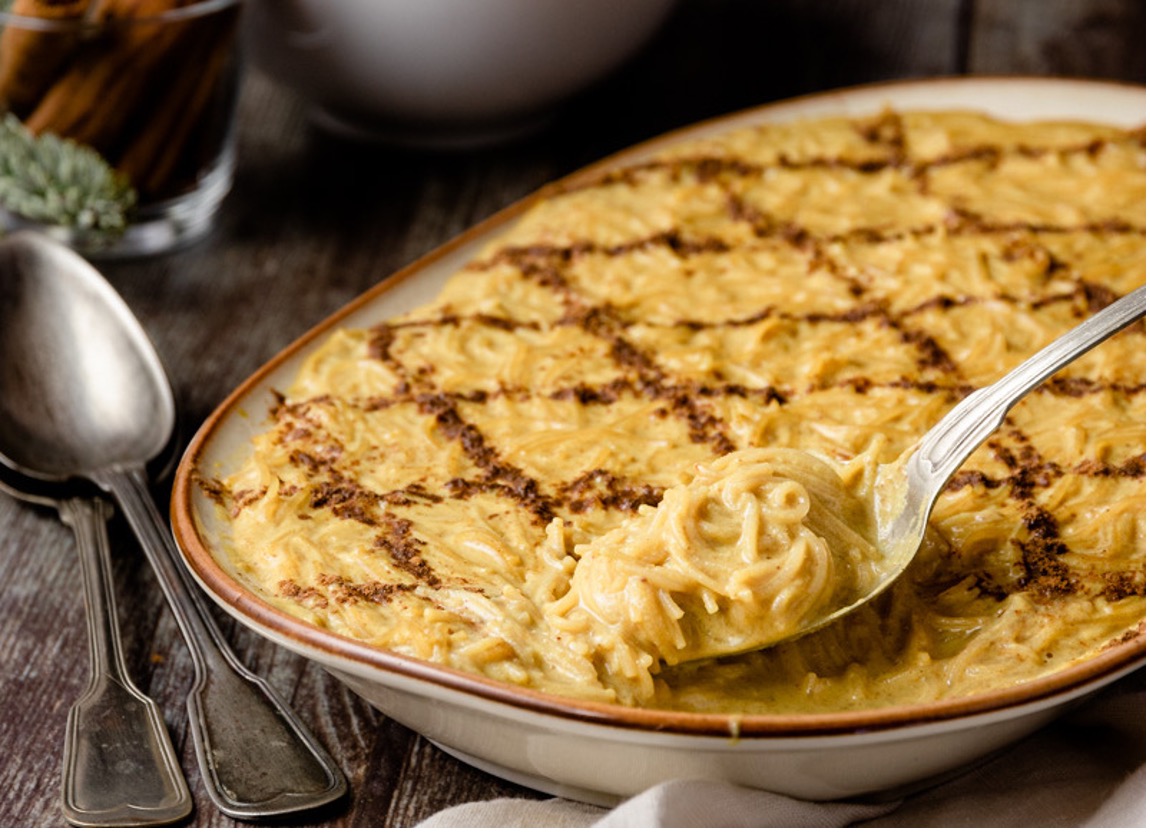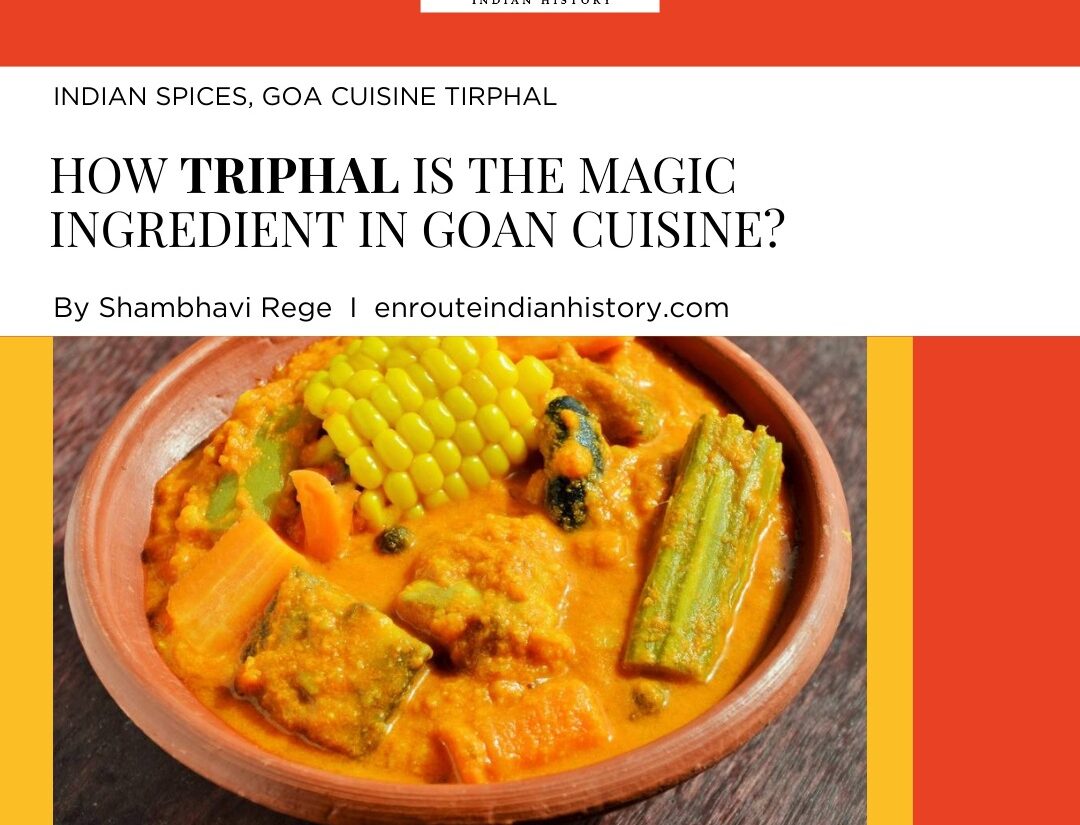The Portuguese Influence Behind Beloved Goan Desserts
- iamanoushkajain
- September 25, 2024

While the lanes of Goa perhaps do remain infamous for the numerous tourists that grace its pavements, they’re also a popular spot to relish in Goan cuisine. The small territory just off the Western coat of India gives an unassuming aura of insignificance and yet held immense importance to its Portuguese colonialists. Food is a crucial aspect of heritage, and Goan heritage is defined by the post-colonial remnants of the Portuguese, which have permeated themselves into various cultural avenues reflected in its traditions. Food, especially, is a significant cultural marker that allows other cultures to reinforce or create traditions with another cultural group. Thus, in a post-colonial setup, the colonies usually have a shared food heritage with its colonisers. Such is the case for Goa and how its traditions are rooted in that of the Portuguese. Portuguese influence in Goa is seen through the arrival of fruits and roots such as potatoes, tomatoes, pumpkins, the cashew nut, chilis, pineapples and guavas. Along with these
commodities, the Portuguese also brought along with them the recipes of various delicacies that are still relished in Goa today. The repertoire of Goan dishes is just as vast as Goan desserts. Through this article we can take a closer look at some beloved Goan desserts and the Portuguese influences behind it. The Serradura and its Convent Connection Some of the more popular desserts of Goa, have an undeniable connection to the Convent of Santa Monica, situated in Old Goa. Many believe that some nuns would make the dainty confectionaries themselves and gift them to the members of the congregation. One of these
beloved desserts was the Serradura. The Portuguese term ‘Serradura’ literally translates into sawdust- not the most appetizing name for a dessert, one might say. The name itself is quite apt due to the appearance of the pudding. The recipe for the dessert is quite simple, requiring only condensed milk and cream, as well as a generous amount of biscuit powder, which are layered up on top of one another to create the most tantalizing dessert. The top of the pudding has a generous sprinkle of biscuit powder from
which it derives its likening to sawdust. Unlike sawdust however, the pudding itself is absolutely divine and remains a favourite amongst the desserts of Goa.

(Source: Sadia Mohamed; Serradura- The easiest pudding in the world)
The Unrivalled Cake
The Bolo Sans Rival is a decadent Goan desserts that has its origins in Portugal. The Portuguese word ‘Bolo’means cake and the French term ‘Sans Rival’translates into unrivalled- something that most who have relished the cake, would agree with. The cake typically has a macaron-like egg whites, cashew nuts, vanilla essence and sugar, and topped with buttercream. Interestingly,
the cake was initially made with almonds, but Goans replaced them with a cheaper and more widely available substitute: cashew nuts. In the olden days, the status of family would be judged by the quantity and the quality of the desserts they laid out on their table- the most irreplaceable one of these was the Bolo Sans Rival. Although it is a popular holiday dessert, many have not
seen or heard of the cake earlier since it is slowly fading away from Goan traditions.

(Source: Vritti Bansal; Bolo Sans Rival: The Goan Cake In Danger Of Extinction)
Although the cake has French and Portuguese origins, the Bolo San Rival is a popular dessert of the Philippines and due to its high demand is also sold at high rates. The Filipinos however use roasted cashew nuts to make their version of the dessert.
The Popular Pasteis De Nata
Popularly known as Patel De Nata, this Portuguese tart pastry has a delectable egg and custard filling that is delightfully offset by its outer puff pastry crust which is baked to a crisp brown and lightly dusted with cinnamon powder. Interestingly, the custard filling is very different to the traditional French or British custard filling. Instead of the traditional sweet custard, this dessert is spiced with cinnamon and lemon zest, which makes it all the more precious. The dessert has its origins in Lisbon, believed to have been created by Catholic Monks, who following the Liberal Revolution of 1820, started selling the confectionary in Goa to bring in
revenue. Upon the closing of the monasterty in 1834 the recipe was sold to a sugar refinery who then opened the Fabrica de Pasteis de Belem and can still be found selling the very dessert in the streets of Lisbon. Although the original recipe is a guarded secret by the shop, recreations of it are still popular and loved in Goa today.

(Source: The Guardian; Felicity Cloake’s perfect pastel de nata )
The Almost Angelic Dessert
A seemingly simple dish, Letri is made with rice flour, and is sprinkled with fresh coconut and jaggery and usually served for special festive occasions. The dessert is basically a sweet version of rice noodles, and is a delicacy introduced by the Portuguese. In Portugal however, the dish is called Fios De Ovos and is the noodle-like strings are traditionally made of egg yolks. It is
one of the traditional Christmas desserts but is now deemed unpopular and slowly disappearing from its native palate.
Letri can literally be translated into ‘Angel Hair’ which is quite an apt description for its appearance. The Goan process of making Letri is considered a bit tedious and thus often devolves into a community process since you need many hands working together to perfectly make the delicacy.
The Alluring Aletria

(Source: VotrexMag; Aletria Doce)
Aletria is another name for vermicelli and is a custard-like dessert which is usually found in Portugal. It was traditionally a Christmas dessert in Goa but is now rare to find. The recipe of the dish is also fading away from Goan traditions. For this dessert, the aletria is cooked with sugary milk and is flavoured with lemon and cinnamon. It is later mixed with egg yolks and laid out in a baking pan. Once it is set, the dish is then decorated in a crisscross pattern using
cinnamon.
The Beloved Bebinca
Any discussion on Goan-Portuguese desserts is incomplete without the ever-loved Bebinca.Preparing the dish is not for everyone since the process is tediously slow and truly tests one’s patience. The end result, however, is truly worth it. The Bebinka (as it is also known), is a layered cake of Indo-Portuguese cuisine of Goa. In traditional baking, the bebinca has somewhere between seven and sixteen layers. Today, most bakeries will create layers as per their own discretion and not really adhere to the tradition.
Gracian de Souza, a chef from Goa itself, the bebinca is a perfect example of zero-waste cooking. He further jokes that “An excess of egg yolks led to the creation of bebinca.” The popular story about the creation of Bebinca is a humorous one. It goes that in 17th century Goa, nder Portuguese rule, the nuns in convents used to bleach their habits with egg whites. This practice also left behind an abundance of egg yolks. Sister Bebiana, a nun at the Convent de Santa Monica used her ingenuity to create the beloved dish with the leftover egg yolks.

(Source: BBC; Bebinca, a multi-layered cake from India )
The dish itself is extremely simple to make and requires minimum ingredients- egg yolks, ghee, coconut milk, sugar and nutmeg powder, the dessert was named Bebinca, after its creator, Sister Bebiana. Although many of the popular desserts and recipes are fading away from Goan traditions, there still remains a certain fondness for the delicacies of the state. It is inevitable that many cultures will lose traditions to time, however, the perseverance of Goans to preserve their beloved is cuisine is remarkable and deserves due commendation. Even if the desserts aren’t truly ‘Indian’, traditions imbibed through colonization are just as crucial to a place’s heritage and deserve to be conserved. Perhaps this is why, these Goan-Portuguese desserts remain beloved
even today.
Sources
Cloake, F. (2024, March 27). How to make the perfect pastel de nata – recipe. The Guardian.
https://www.theguardian.com/food/2023/mar/11/how-to-make-the-perfect-pastel-de-nata-
recipe-felicity-cloake
Fnh, T. (2023, March 21). 10 Famous Goan Sweet Dishes That You Cannot Resist. Incredible
Goa Food and Hospitality. https://foodandhospitality.incrediblegoa.org/10-famous-goan-
sweet-dishes-that-you-cannot-resist/
Lobo, J. (2023, September 29). Goa’s lesser-known desserts and sweets you should know about.
The Hindu. https://www.thehindu.com/food/features/lesser-known-goan-sweets-you-should-
know-about/article67295511.ece
Menezes, V. (2021, August 13). In Goa’s pastéis de nata, the delectable taste of a state’s
cosmopolitan history. Scroll.in. https://scroll.in/article/1002638/in-goas-delectable-pasteis-de-
nata-trend-a-state-serves-up-a-taste-of-its-cosmopolitan-history
Mukherjee, S. (2023, October 7). An Indian dessert crafted by a nun.
https://www.bbc.com/travel/article/20231006-bebinca-a-multi-layered-cake-from-india
Newman, R. S. (1984). Goa: The Transformation of an Indian Region. Pacific Affairs, 57(3),
429–449. https://doi.org/10.2307/2759068


















